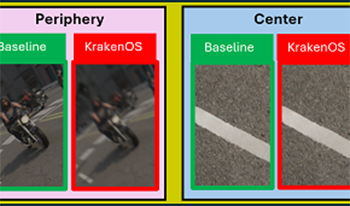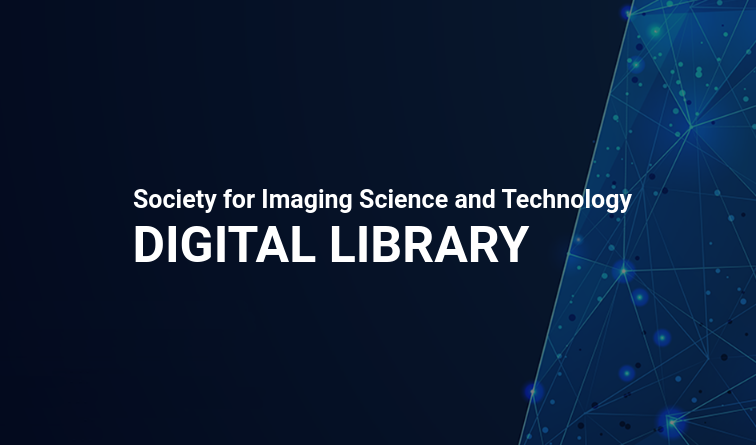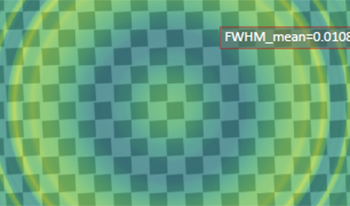
Automotive Simulation is a potentially cost-effective strategy to identify and test corner case scenarios in automotive perception. Recent work has shown a significant shift in creating realistic synthetic data for road traffic scenarios using a video graphics engine. However, a gap exists in modeling realistic optical aberrations associated with cameras in automotive simulation. This paper builds on the concept from existing literature to model optical degradations in simulated environments using the Python-based ray-tracing library KrakenOS. As a novel pipeline, we degrade automotive fisheye simulation using an optical doublet with +/-2◦ Field of View(FOV), introducing realistic optical artifacts into two simulation images from SynWoodscape and Parallel Domain Woodscape. We evaluate KrakenOS by calculating the Root Mean Square Error (RMSE), which averaged around 0.023 across the RGB light spectrum compared to Ansys Zemax OpticStudio, an industrial benchmark for optical design and simulation. Lastly, we measure the image sharpness of the degraded simulation using the ISO12233:2023 Slanted Edge Method and show how both qualitative and measured results indicate the extent of the spatial variation in image sharpness from the periphery to the center of the degradations.

The modulation-transfer function (MTF) is a fundamental optical metric to measure the optical quality of an imaging system. In the automotive industry it is used to qualify camera systems for ADAS/AD. Each modern ADAS/AD system includes evaluation algorithms for environment perception and decision making that are based on AI/ML methods and neural networks. The performance of these AI algorithms is measured by established metrics like Average Precision (AP) or precision-recall-curves. In this article we research the robustness of the link between the optical quality metric and the AI performance metric. A series of numerical experiments were performed with object detection and instance segmentation algorithms (cars, pedestrians) evaluated on image databases with varying optical quality. We demonstrate with these that for strong optical aberrations a distinct performance loss is apparent, but that for subtle optical quality differences – as might arise during production tolerances – this link does not exhibit a satisfactory correlation. This calls into question how reliable the current industry practice is where a produced camera is tested end-of-line (EOL) with the MTF, and fixed MTF thresholds are used to qualify the performance of the camera-under-test.

We present a novel metric Spatial Recall Index to assess the performance of machine-learning (ML) algorithms for automotive applications, focusing on where in the image which performance occurs. Typical metrics like intersection-over-union (IoU), precisionrecallcurves or average precision (AP) quantify the performance over a whole database of images, neglecting spatial performance variations. But as the optics of camera systems are spatially variable over the field of view, the performance of ML-based algorithms is also a function of space, which we show in simulation: A realistic objective lens based on a Cooke-triplet that exhibits typical optical aberrations like astigmatism and chromatic aberration, all variable over field, is modeled. The model is then applied to a subset of the BDD100k dataset with spatially-varying kernels. We then quantify local changes in the performance of the pre-trained Mask R-CNN algorithm. Our examples demonstrate the spatial dependence of the performance of ML-based algorithms from the optical quality over field, highlighting the need to take the spatial dimension into account when training ML-based algorithms, especially when looking forward to autonomous driving applications.